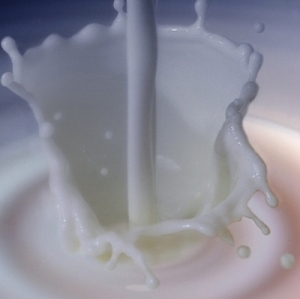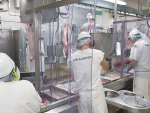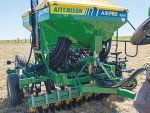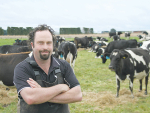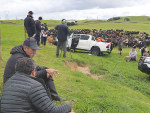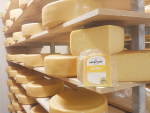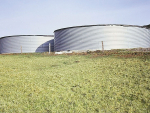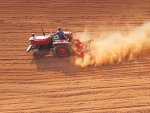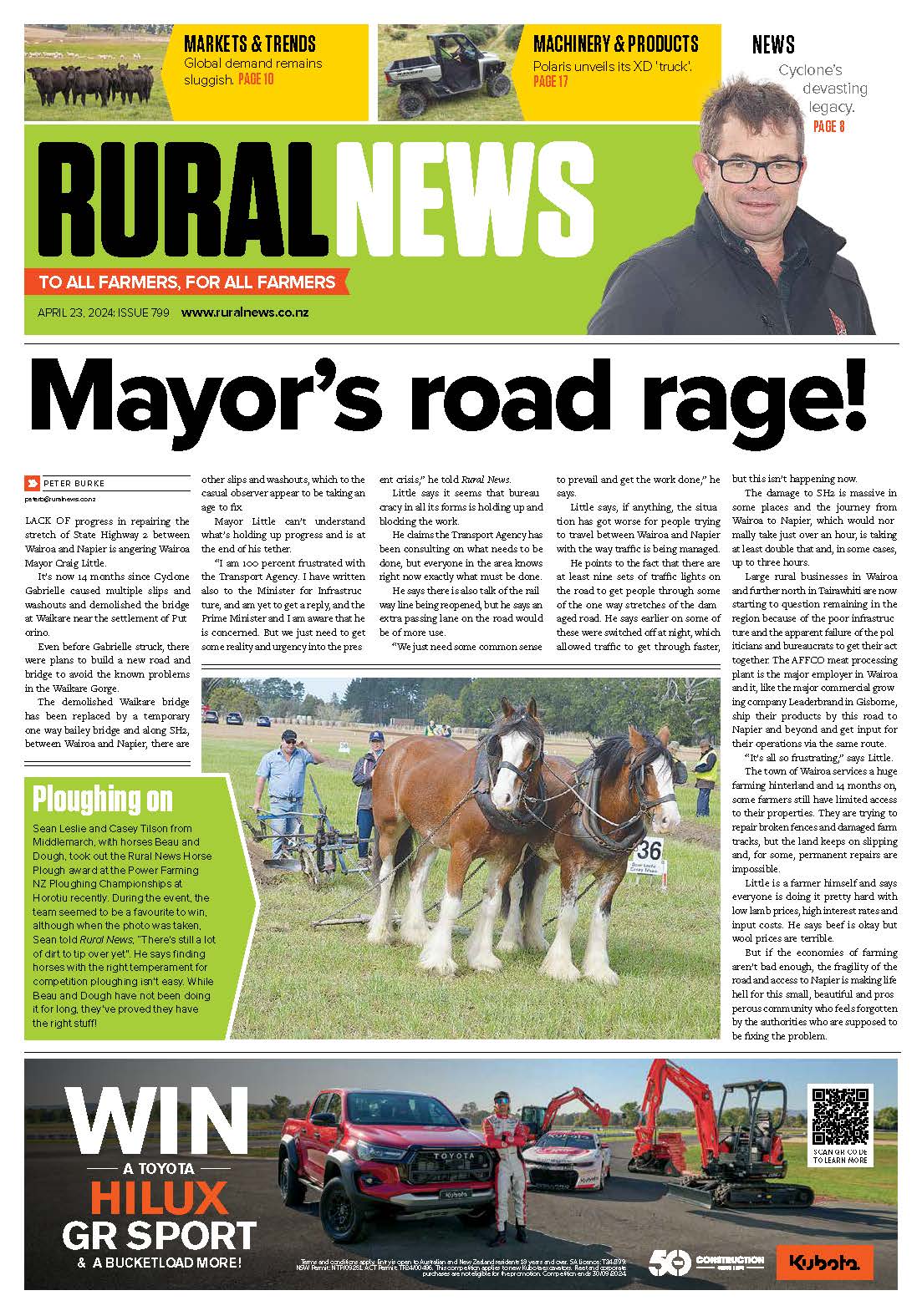After an uninspiring ten months, the start of 2015 has understandably created a great deal more optimism on the sellers’ side of global dairy markets.
The long-awaited floor appears to have been reached, and prices are rising. A string of increasingly positive GlobalDairyTrade (GDT) auction results has seen the market narrative change to one of recovery. The weighted average GDT index has increased almost 30% since the start of January – hardly the gradual recovery expected. So, how excited should we get? Is this a faster recovery, one that will go further?
International dairy demand has been robust for months, with lower prices providing much greater scope for price-sensitive buyers who were sidelined during 2013. However, two of the biggest dairy import markets, China and Russia, are key exceptions. Chinese imports remain well below year-ago levels as local production maintains its recovery, and enormous inventories accumulated in late 2013/early 2014 are worked through. In the case of Russia, the import embargo remains in force, and though some product is trickling in via alternative suppliers, volumes have collapsed by as much as 75%.
On one hand, signs of direct negotiations with certain EU member states suggest a potential weakening of the ban, whereas on the other, the lack of a resolution to the conflict in Ukraine indicates it will likely outlive its initial 12 month timeframe in some form. Sluggish buying by these two key markets remains a hefty drag on overall dairy demand, and its ability to soak up rapid growth in supply.
With demand in a ‘steady as she goes’ phase, the current recovery has been almost entirely supply driven. The emergence of a drought across parts of New Zealand’s South Island has provided the biggest boost to the market, with Fonterra’s dramatic cuts to its milk intake forecast and GDT offer volumes helping stoke supply concerns amongst buyers. Although the mooted 3% decline in full season intakes was greeted with some scepticism when it was released at the end of January, ongoing dry conditions and the official adverse event declaration in mid-February suggest a material impact. Uncommitted dairy products are already hard to find in Oceania, with a number of Australian manufacturers seeing milk flows fall short of aggressive pre-season budgets.
The situation is less clear with regard to northern hemisphere supplies. Some traders are reporting that in Europe prompt supply is becoming more difficult to source – and recent increases in key benchmark prices support this – but the outlook through the coming spring suggests this phenomenon may be short-lived. The earlier than anticipated market recovery may take the margin pressure off European farmers just in time for the season peak, while recent moves to allow payment of super-levy fines over three years (interest free) will reduce the immediate cashflow implications of producing over quota. A sluggish domestic EU market is likely to encourage exports, while a weaker Euro will allow traders to price competitively in US dollar terms.
Renewed strength (or a more modest slowdown) in US milk production also threatens to derail further supply-driven price gains, however there are exceptions. California (the largest dairy state) remains in drought; margins may remain positive for farmers in other parts of the country, but lower farmgate prices reduce the scope for Californian producers to deal with the added burden of high-priced bought-in feed. Local analysts also indicate that harsh winter weather in the Upper Midwest and eastern states is impacting production, however the overall impact is likely to be diluted by the huge increases of late 2014.
The bottom line is that the modest recovery forecast for 2015 has been brought forward by the short term supply pressures associated with drought in New Zealand, quota measures in Europe, and varying degrees of margin pressure in most exporting regions, particularly Europe and New Zealand.
While the fundamentals appear much more encouraging as we head towards a new season and the formulation of opening prices, keep a weather eye on the horizon, as the recovery remains supply-driven. Until China and/or Russia return to the market in force, any unexpected strength in production during the next few months could easily upset the apple cart and threaten further gains.
• John Droppert is industry analyst at Dairy Australia.





